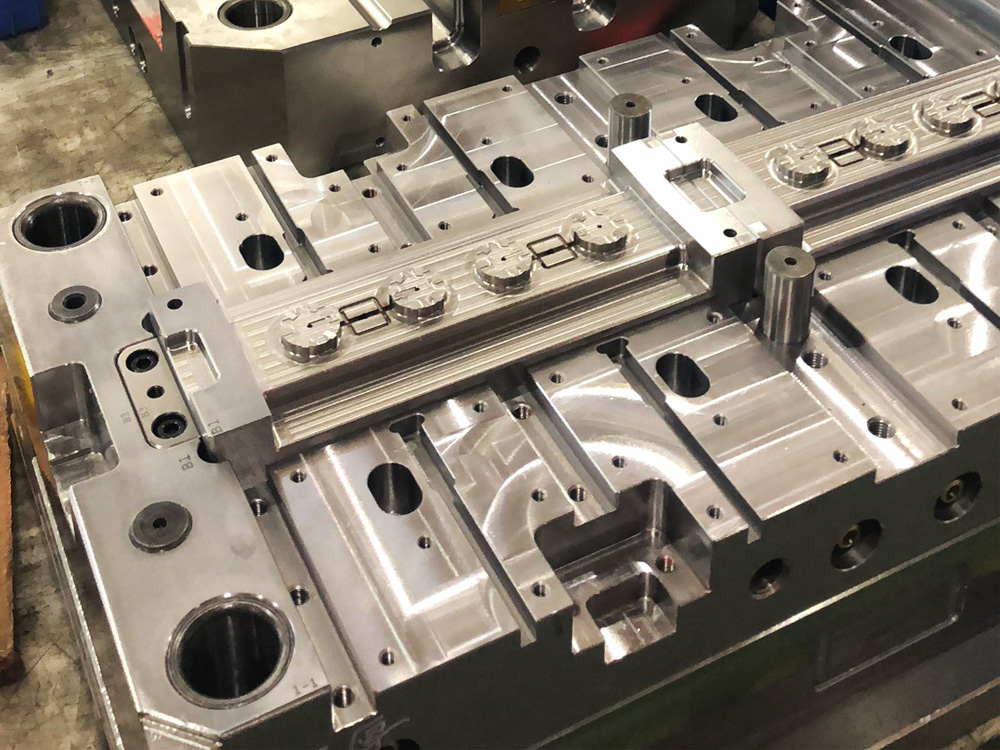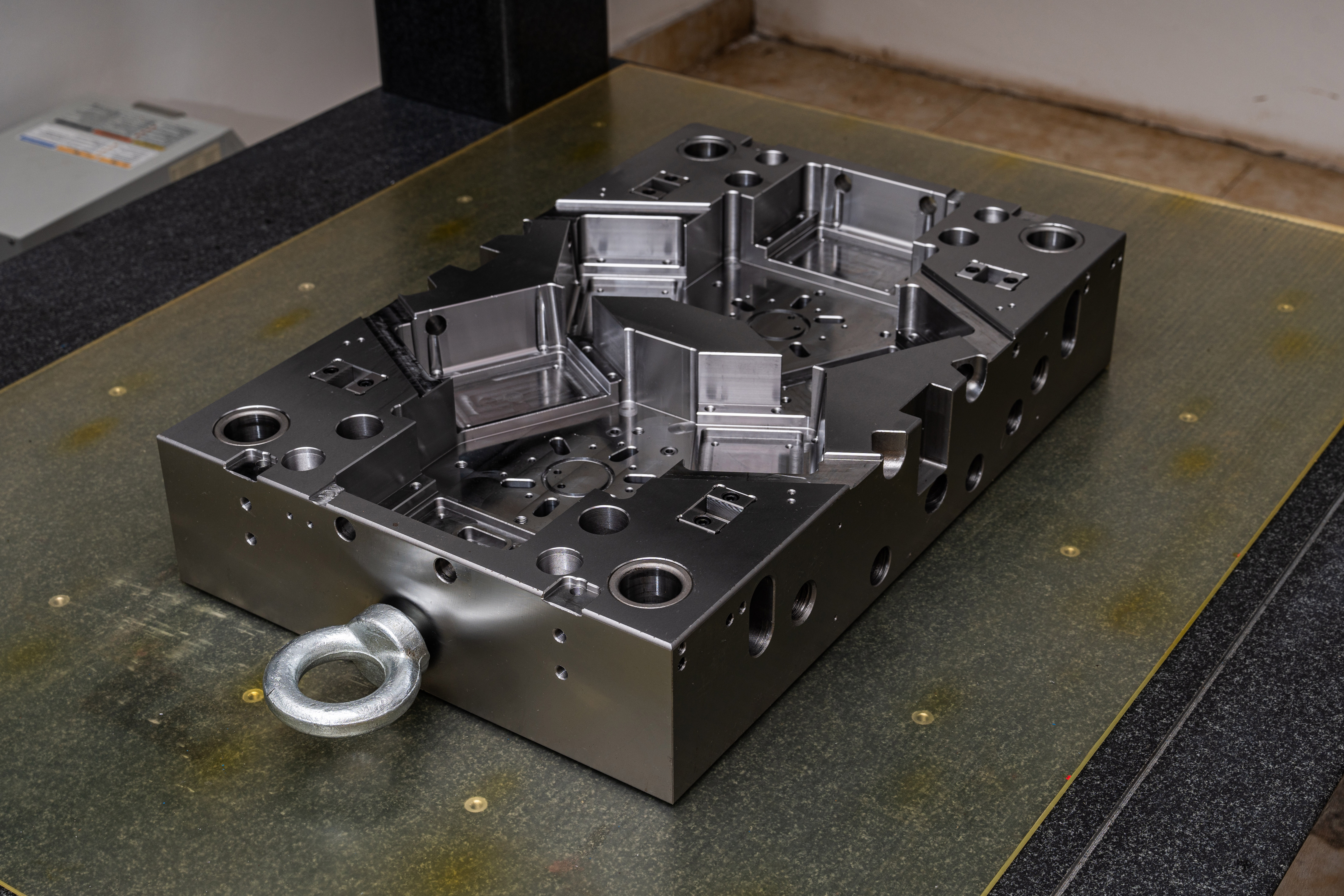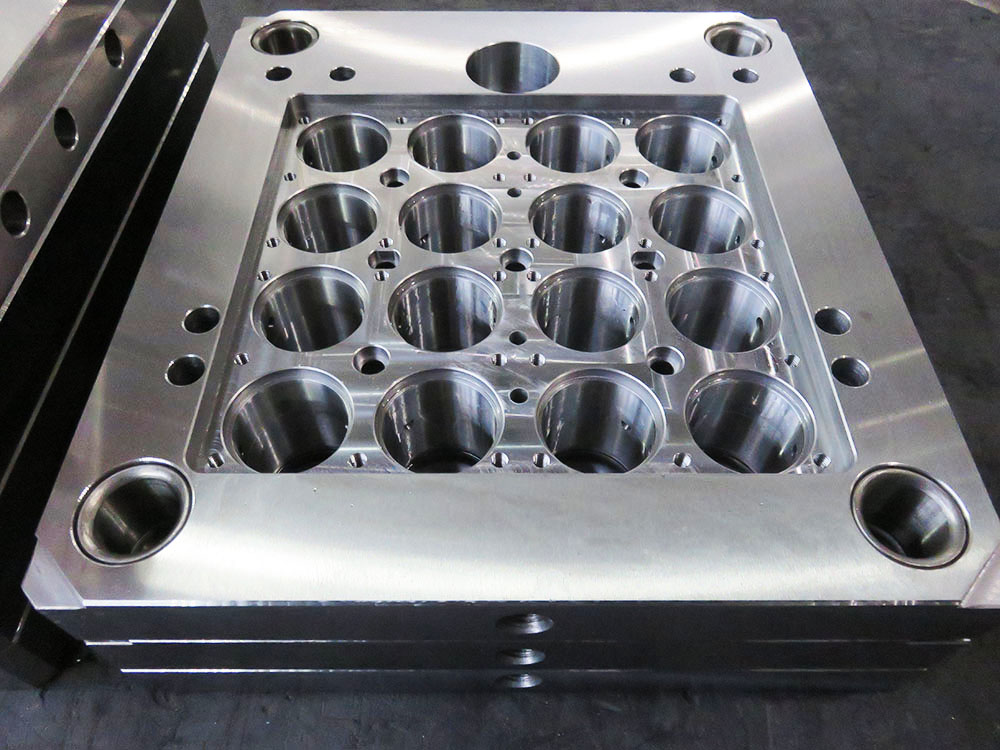How to Calculate the Actual Footprint Area of a Support Framework
In the mold base industry, one crucial aspect of designing and manufacturing molds is determining the actual footprint area of the support framework. This measurement is vital for ensuring stability, structural integrity, and proper functioning of the mold. In this article, we will explore the step-by-step process of calculating the actual footprint area of a support framework.
Step 1: Understand the Role of the Support Framework
Before we delve into the calculation process, it is essential to grasp the significance of the support framework in mold design. The support framework provides the foundation for the mold, distributing weight and stress evenly across the base. It enhances stability, minimizes distortion, and facilitates efficient production. Therefore, accurate calculation of the actual footprint area is critical for determining the dimensions and materials required for a robust support framework.
Step 2: Measure the Dimensions of the Mold Base
The first step in calculating the actual footprint area is to measure the dimensions of the mold base. This involves measuring the length and width of the base in millimeters or inches, depending on your preference. Ensure accurate measurements by using precision tools, such as calipers or rulers.
Step 3: Account for the Thickness of the Mold Base
Next, account for the thickness of the mold base. Measure the thickness in millimeters or inches, depending on the unit of measurement used in step 2. It is important to include the thickness in the calculation to determine the actual contact area between the support framework and the mold base.
Step 4: Consider the Load Distribution
When calculating the actual footprint area, it is crucial to consider the load distribution on the support framework. The load distribution refers to the even distribution of weight and stress across the mold base. This factor influences the design and dimensions of the support framework, ensuring optimal weight-bearing capacity.
Step 5: Calculate the Actual Footprint Area
With all the necessary measurements and considerations in place, it is time to calculate the actual footprint area of the support framework. To do this, multiply the length and width of the mold base (including the thickness) obtained in steps 2 and 3. The resulting value will provide the actual footprint area, expressed in square millimeters or square inches.
Step 6: Adjust for Safety Margin
Finally, it is crucial to adjust the calculated actual footprint area by adding a safety margin. This safety margin is necessary to account for potential variations in load distribution, material properties, and other external factors. Adding a safety margin ensures a robust support framework to withstand unexpected loads and stresses, enhancing the overall reliability of the mold.
By following these six steps, you can accurately calculate the actual footprint area of a support framework in the mold base industry. This calculation plays a crucial role in planning and designing an efficient mold, supporting stable and efficient production processes.




